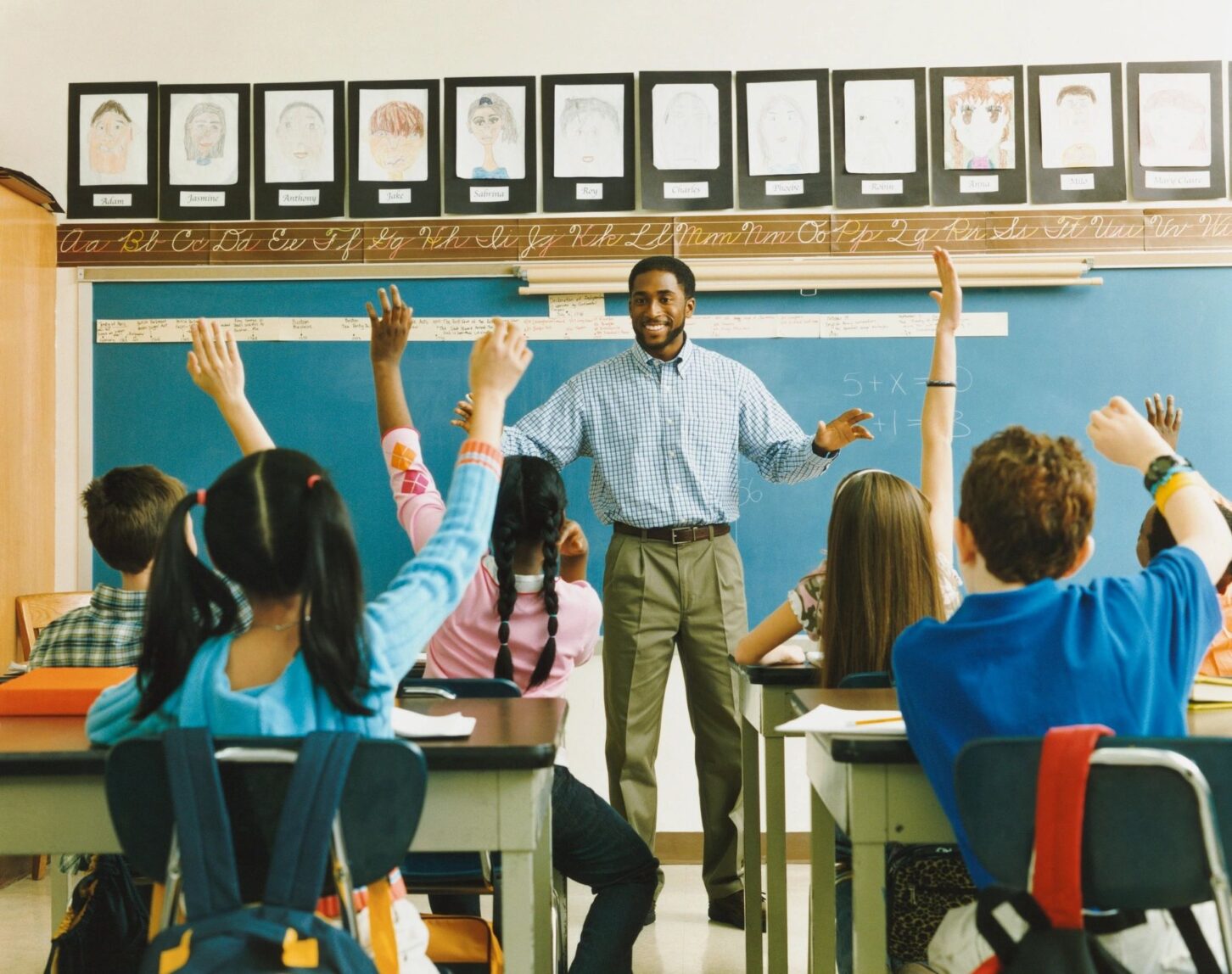
As classes wound down for summer break, I noticed two types of “school’s out!” posts from my friends on social media.
The first type was from people whose children didn’t miss extended periods of time in a classroom. They didn’t settle for remote learning. Their year-end posts looked a lot like those from the end of every school year through 2019 in the age of social media: first day/last day pictures, smiling faces. They are sprinting toward the lazy freedom of summer.
The second type was from people whose children lived through months of remote learning. Whether class-by-computer was difficult for each of their kids or not, their posts betrayed a certain weariness. It was a trying year, an uncertain year, a year of perseverance. They are staggering across the finish line, gassed.
It’s not that the first group sailed smoothly through unadulterated normalcy; there were masks and social distancing and other Covid-era hallmarks even if they returned to classrooms last fall. Nor is it true that the second group lacked gratitude or grace for those who helped them persevere, especially their own children’s teachers.
This past school year was, in many ways, the largest-scale social experiment ever conducted among America’s children, certainly in the context of education. We don’t yet know the long-term effects of letting some kids learn face-to-face all year, even if their surroundings and routines were modified, and of refusing to let other kids enter their schoolhouses until more than midway through the year, regardless of how their families weighed the risks and benefits. There were kids of all demographic and socioeconomic backgrounds in each cohort; someday we may see dramatic differences between, or within, each one emotionally, academically, mentally and more.
But one thing is too clear for policymakers to ignore: This was the year that demonstrated the absolute importance of giving students and families more educational options.
As usual, those Georgians with means had options:
- Parents of would-be kindergartners held them out of forced virtual learning by the thousands – if they didn’t have jobs that required their presence during the day.
- Parents of older children denied the opportunity to learn in person transferred them to private schools, other (open) public school districts, or homeschooling – if they had the means to pay for tuition or home curricula or to relocate.
- Parents of children who needed socialization organized learning pods so they could do virtual school with their buddies – if they had the social networks and the (literal) bandwidth to put them together.
As usual, Georgians without means were also mostly without options.
A perennial objection to educational options such as more public charter schools, vouchers, education scholarship accounts or tax-credit scholarships holds that these would be used only by “the rich” who already can afford alternatives. They’re right that “the rich” already can afford alternatives, and wrong about the rest.
Not only do the data about Georgia’s existing educational options demonstrate they aren’t used only, or even mostly, by wealthier families. But as we’ve just seen over the past year, these programs most often are the only way non-wealthy families can make a different choice if that’s what their children need.
Most teachers did the very best they could under the circumstances. They simply weren’t equipped, trained or supported to teach in a virtual format that has its own established pedagogy. (Consider the popularity during the pandemic of public charter schools that have always been virtual-only.)
That isn’t the teachers’ fault. But nor is it the fault of the students who needed something different and had no access to it.
The failure over the past year was “the system.” Systems, especially large and long-established ones, typically don’t respond well to sudden and drastic change – particularly when they continue to be funded, or even receive higher funding, despite their failures.
The failure going forward will be if Georgia’s lawmakers continue to fund “systems” instead of students.
